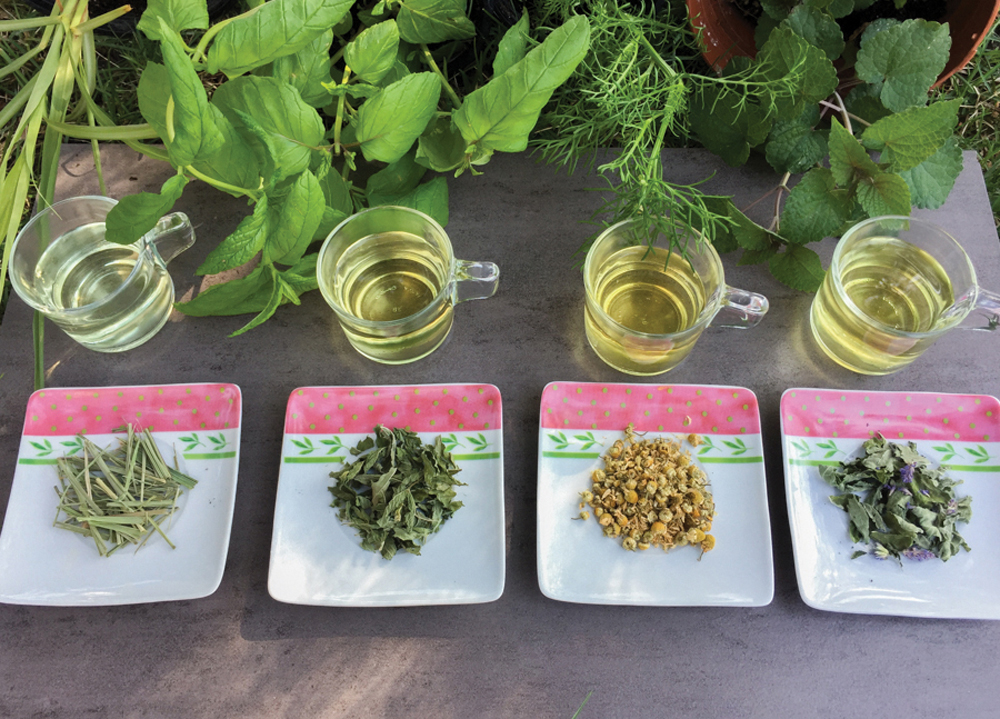If someone were to ask what my favourite deciduous tree is, my answer would have to be the mountain ash.
Its display begins with the tree leafing out in May, and shortly after that its blooms appear clusters of white flowers that have a sweet, musky smell that wafts throughout the yard. Bees are irresistibly attracted to these blooms and the tree is abuzz during the flowering period. As the flowers fade, berries begin to form and in no time, clusters of greenish-yellow berries hang from the tree. These berries gradually get larger and turn pale orange, then darker orange, and finally by early August they are bright orange red. The tree produces berries in abundance and these numerous clusters are quite heavy, causing the branches to become attractively pendulous as they get weighed down by the berry clusters.
Read Also

Giant Canada geese have gone wild in Manitoba
Giant Canada geese are seemingly everywhere and can be fine table fare for local hunters, but 70 years ago, they were borderline extinct.
Birds, including flocks of robins readying to migrate, and hordes of waxwings banded together for the winter, usually descend upon the tree after the berries have ripened usually by late September.
About this time the foliage begins its transformation from dark, dull green to fiery shades of red and orange.
After the leaves fall, the tree is less spectacular, particularly if the birds have cleaned off all the berries but the light-grey bark is quite attractive and the form of the tree contributes some interesting architecture to the winter garden.
The mountain ash is native to Europe and is rated as a small tree, which makes it suitable for present-day smaller urban landscapes. It has an open, oval form and its toothed leaves contribute an interesting texture to the landscape. The mountain ash tree isn t really an ash at all and in fact belongs to the same plant family as the rose. There are numerous varieties including the American mountain ash which is the smallest at five metres in height. The European mountain ash is a bit taller at six metres and has an erect, oval shape. The narrow, upright Russian mountain ash gets to be seven metres tall and its narrow form makes it well suited to narrow spots.
Mountain ash is susceptible to fire blight but there are varieties that have good resistance to the disease. One is Showy mountain ash, which is also one of the taller ones at seven metres, and the hardiest. Another fire blight-resistant variety, Oakleaf mountain ash, as its name implies, has unique oak-shaped leaves, but it is also a bit less hardy, being classified as Zone 4. Most mountain ash can be grown as a clump of several trunks or as a singletrunked specimen. Whichever variety you choose and whatever form it grows, you can be assured that your mountain ash will provide three-season beauty for your garden.
Albert Parsons writes from
Minnedosa, Manitoba














